
Juliana was Queen of the Netherlands from 1948 until her abdication in 1980.
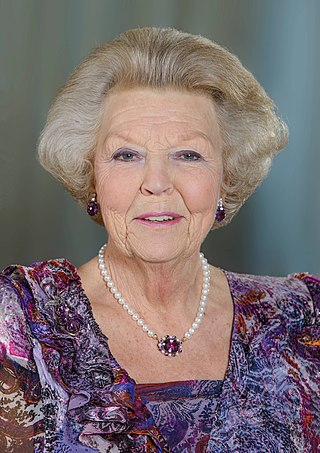
Beatrix is a member of the Dutch royal house who reigned as Queen of the Netherlands from 1980 until her abdication in 2013.

Princess Christina of the Netherlands was the youngest of four daughters of Queen Juliana of the Netherlands and Prince Bernhard of Lippe-Biesterfeld. She taught singing in New York and was a long-term supporter of the Youth Music Foundation in the Netherlands. Born visually impaired, she worked to share her knowledge of dance and sound therapy with the blind.
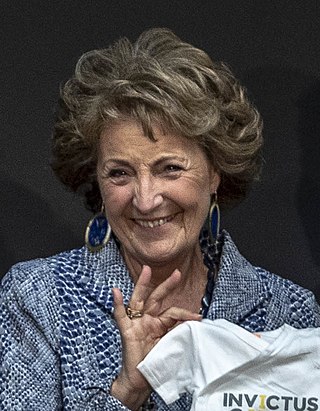
Princess Margriet of the Netherlands is the third daughter of Queen Juliana and Prince Bernhard. As an aunt of the reigning monarch, King Willem-Alexander, she is a member of the Dutch Royal House and currently eighth and last in the line of succession to the throne.

Since 1983, the crown of the Netherlands passes according to absolute primogeniture. From 1814 until 1887, a monarch could only be succeeded by their closest female relative if there were no eligible male relatives. Male-preference cognatic primogeniture was adopted in 1887, though abolished when absolute primogeniture was introduced in 1983. Proximity of blood has been taken into consideration since 1922, when the constitution was changed to limit the line of succession to three degrees of kinship from the current monarch. In a situation where the monarch is succeeded by an eligible aunt or uncle, persons previously excluded could be reintroduced into the line of succession.

Prince Maurits Willem Pieter Hendrik of Orange-Nassau, van Vollenhoven is a member of the Dutch royal family as the eldest son of Princess Margriet of the Netherlands and Pieter van Vollenhoven.

Louis Joseph Maria Beel was a Dutch politician of the Roman Catholic State Party (RKSP) and later co-founder of the Catholic People's Party (KVP) and jurist who served as Prime Minister of the Netherlands from 3 July 1946 until 7 August 1948 and from 22 December 1958 until 19 May 1959.
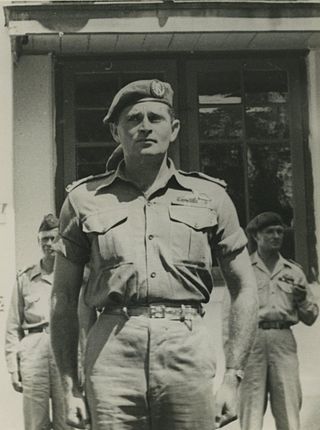
Raymond Pierre Paul Westerling was a Dutch military officer of the Royal Netherlands East Indies Army. He orchestrated a counter-guerrilla operation in Sulawesi during the Indonesian National Revolution after World War II and participated in a coup attempt against the Government of Indonesia in January 1950, a month after the official transfer of sovereignty. Both actions were denounced as war crimes by the Indonesian authorities. Born in the Ottoman Empire, despite his nickname, The Turk, Westerling was of mixed Dutch and Greek descent.

Ernst, Count of Lippe-Biesterfeld was the head of the Lippe-Biesterfeld line of the House of Lippe. From 1897 until his death he was the regent of the Principality of Lippe.
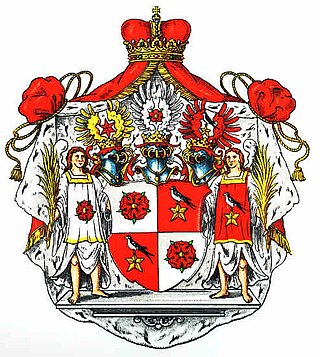
The House of Lippe-Biesterfeld was a comital and later princely cadet line of the House of Lippe.

Prince Bernhard of Lippe-Biesterfeld was Prince of the Netherlands from 6 September 1948 to 30 April 1980 as the husband of Queen Juliana. They had four daughters together, including Beatrix, who was Queen of the Netherlands from 1980 to 2013.
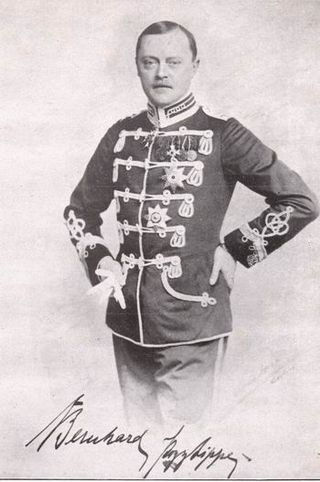
Prince Bernhard of Lippe was a member of the Lippe-Biesterfeld line of the House of Lippe. He was the father of Prince Bernhard of Lippe-Biesterfeld, the prince consort of Queen Juliana of the Netherlands.

Baroness Armgard of Sierstorpff-Cramm, known as Armgard von Cramm was the mother of Prince Bernhard of Lippe-Biesterfeld, Prince consort of Queen Juliana of the Netherlands.
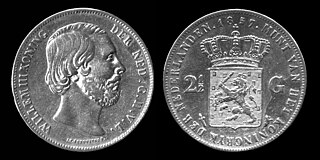
The style of the Dutch sovereign has changed many times since the establishment of the Kingdom of the Netherlands due to formations and dissolutions of personal unions, as well as due to marriages of female sovereigns and cognatic successions.
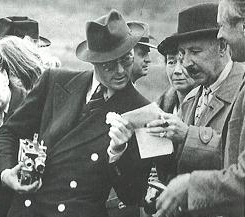
Alexis "Tschuli" Pantchoulidzew was a Russian-born Dutch nobleman and equestrian. He was a long-term partner of Princess Armgard of Sierstorpff-Cramm and mentor to her son, Prince Bernhard of Lippe-Biesterfeld. As equestrian, he was the only competitor for the Netherlands at the Dutch-boycotted 1956 Summer Olympics; aged 67, he was also the eldest participant at those Olympics and the eldest Dutch Olympian ever.

Prince Aschwin of Lippe-Biesterfeld was an expert in Chinese painting and Indian sculpture and curator at the Metropolitan Museum of Art in New York. He was the younger brother of Prince Bernhard of Lippe-Biesterfeld.

Oud Eik en Duinen is a cemetery in The Hague, the Netherlands, formerly called Eik en Duinen and also nicknamed "the Dutch Père-Lachaise". The cemetery is built around a chapel constructed around 1247 by William II of Holland in honor of his father, Floris IV, Count of Holland. This chapel was partially demolished in 1581, and in the 17th century the area was again used as a cemetery. When Eik en Duinen was full, a new cemetery, Nieuw Eykenduynen, was constructed in 1891 across the road, and since then the old cemetery is known as "Old" Eik en Duinen.

The Binnenlandse Strijdkrachten, fully the Nederlandse Binnenlandse Strijdkrachten (NBS), was a government-sanctioned union of Dutch resistance groups during the German occupation of the Netherlands in World War II, which had hardly cooperated until then.
Full Play was a major aviation exercise of the North Atlantic Treaty Organization (NATO) that took place over a three-day period in June 1958 in the North West NATO region.

Victor Jacob Koningsberger was a Dutch botanist and academic. Born in the Dutch East Indies, he completed his studies in Rotterdam and Utrecht, defending his doctoral dissertation – an exploration of the influence of light on plant growth – in 1922. He subsequently spent a decade in the Indies administering centres for sugar cane experimentation before returning to the Netherlands to replace his teacher Frits Went as Professor of Botany at Utrecht University. In this capacity, he continued to explore tropism. He served as the rector of Utrecht University between 1952 and 1953.
























